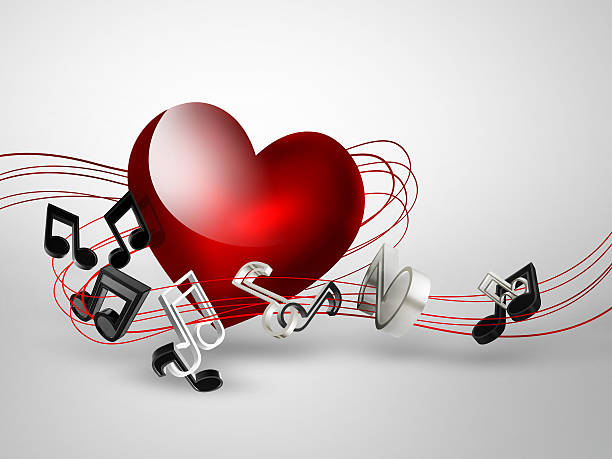Its physiological and structural properties make it an excellent tool for learning cardiology and studying heart-brain interactions.
Michael Field, a nephrologist, taught medical students how to interpret different heart murmurs using their stethoscopes. He also used trills and grace notes to help them understand the distinct sounds of heart valves snapping shut and blood ebbing from leaky valves due to plumbing problems of the heart.
Separately, in music based on electrocardiographic (ECG) traces of heart rhythm disorders, one of us–musician-mathematician Elaine Chew–used music notation to capture the signature rhythms of electrical anomalies of the heart. Collecting music fragments that match the heartbeats, Brubeck’s Blue Rondo a la Turk created the rhythmic tattoo of early ventricular beats at 2:14:3. Piazzolla’s Le Grand Tango was remixed to produce the irregular rhythms associated with atrial fibrillation. Little Etudes to Piano with pedagogical explanations by Pier Lambiase were a layperson’s introduction to electrical aberrations in the heart.

